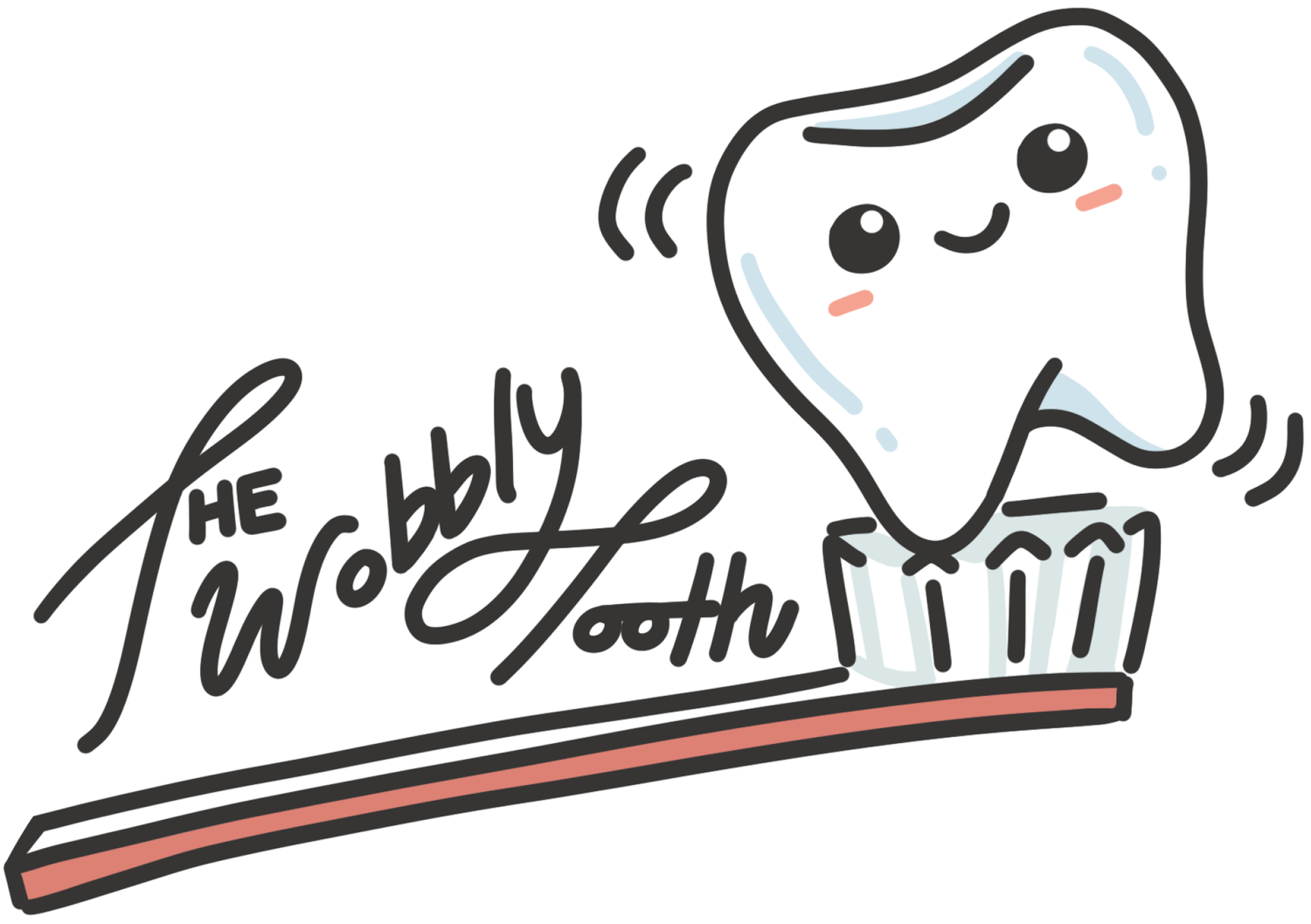Bad Breath: Understanding the Causes, Symptoms, and Treatment
Bad breath, also known as halitosis, is a common oral health problem that affects many people. It is characterized by an unpleasant odor that can be embarrassing and affect self-esteem. Understanding the causes, symptoms, and treatment of bad breath can help you find relief and maintain good oral hygiene.
Causes of Bad Breath
Bad breath can be caused by several factors, including:
Poor oral hygiene: Poor oral hygiene, including not brushing and flossing regularly, can lead to plaque buildup, tooth decay, and gum disease, all of which can cause bad breath.
Dry mouth: Dry mouth, also known as xerostomia, can be caused by several factors, including medication use, aging, and medical conditions. Dry mouth can lead to bad breath because it reduces the amount of saliva in the mouth, which helps to neutralize odors.
Food and drink: Certain foods and drinks, such as garlic, onions, coffee, and alcohol, can cause bad breath. These foods and drinks contain compounds that are absorbed into the bloodstream and then expelled through the lungs, causing bad breath.
Tobacco use: Tobacco use, including smoking and chewing tobacco, can cause bad breath and increase the risk of oral health problems.
Medical conditions: Certain medical conditions, such as sinus infections, tonsillitis, and gastrointestinal problems, can cause bad breath.
Symptoms of Bad Breath
The main symptom of bad breath is an unpleasant odor that can be noticeable to others. Other symptoms may include dry mouth, white or red patches on the tongue, and a coated or furry tongue.
Diagnosis and Treatment of Bad Breath
To diagnose bad breath, your dentist will perform a thorough examination of your mouth and ask about your symptoms and oral health history. In some cases, your dentist may also recommend additional tests, such as a blood test or a culture of the mouth, to determine the underlying cause of bad breath.
The treatment of bad breath depends on the underlying cause. Some of the most common treatments include:
Improved oral hygiene: Brushing and flossing regularly, using an antiseptic mouthwash, and visiting the dentist for regular check-ups and cleanings can help to improve oral hygiene and reduce bad breath.
Hydration: Drinking plenty of water can help to increase saliva production and reduce dry mouth, which can cause bad breath.
Avoiding certain foods and drinks: Limiting or avoiding certain foods and drinks, such as garlic, onions, coffee, and alcohol, can help to reduce bad breath.
Quitting tobacco use: Quitting tobacco use can help to improve oral health and reduce bad breath.
Treating underlying medical conditions: Treating underlying medical conditions, such as sinus infections or gastrointestinal problems, can help to reduce bad breath.
In addition to professional treatment, there are also several steps you can take to help prevent bad breath and maintain good oral hygiene. Some of the most effective strategies include:
Brush and floss regularly: Brushing and flossing regularly help to remove plaque and bacteria from the teeth and gums, reducing the risk of bad breath.
Use a tongue scraper: A tongue scraper can help to remove bacteria and food particles from the tongue, reducing the risk of bad breath.
Drink plenty of water: Drinking plenty of water can help to increase saliva production and reduce dry mouth, which can cause bad breath.
Avoid tobacco use: Tobacco use can cause bad breath and increase the risk of oral health problems, so it is best to avoid it altogether.
Chew sugar-free gum: Chewing sugar-free gum can help to increase saliva production and neutralize bad breath.
Avoid dry mouth: Dry mouth can cause bad breath, so it is important to drink plenty of water and avoid using products that can cause dry mouth, such as alcohol-based mouthwashes.
In conclusion, bad breath is a common oral health problem that can cause embarrassment and affect self-esteem. Understanding the causes, symptoms, and treatment of bad breath can help you find relief and maintain good oral hygiene. Improving oral hygiene, avoiding certain foods and drinks, quitting tobacco use, and treating underlying medical conditions can all play a role in preventing and treating bad breath. If you are experiencing symptoms of bad breath, it is important to see a dentist as soon as possible to receive a diagnosis and treatment plan.
Sources:
American Dental Association. (2021). Bad Breath. https://www.mouthhealthy.org/en/az-topics/b/bad-breath
National Institute of Dental and Craniofacial Research. (2021). Bad Breath. https://www.nidcr.nih.gov/health-info/bad-breath
American Academy of Periodontology. (2021). Halitosis (Bad Breath). https://www.perio.org/consumer/halitosis
Mayo Clinic. (2021). Bad Breath. https://www.mayoclinic.org/diseases-conditions/bad-breath/symptoms-causes/syc-20350922
American Dental Hygienists’ Association. (2021). Bad Breath. https://www.adha.org/resources-docs/7126_Bad_Breath.pdf

